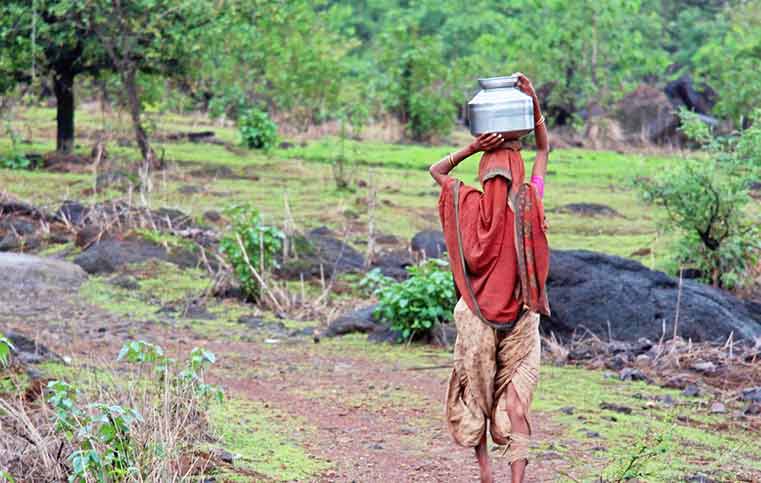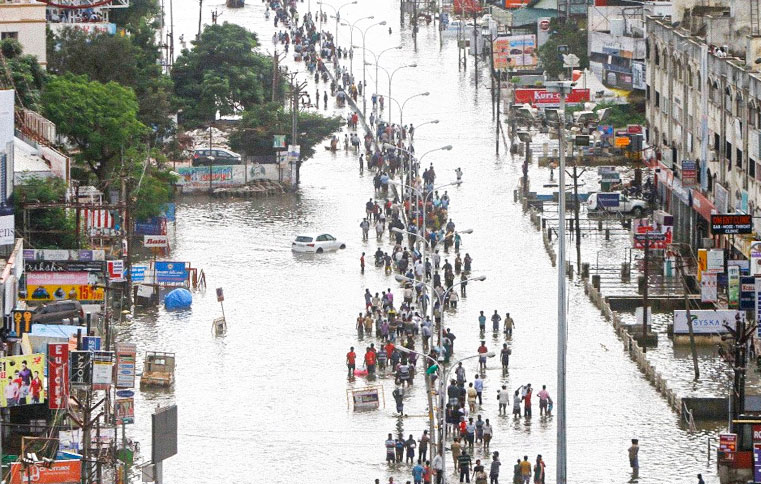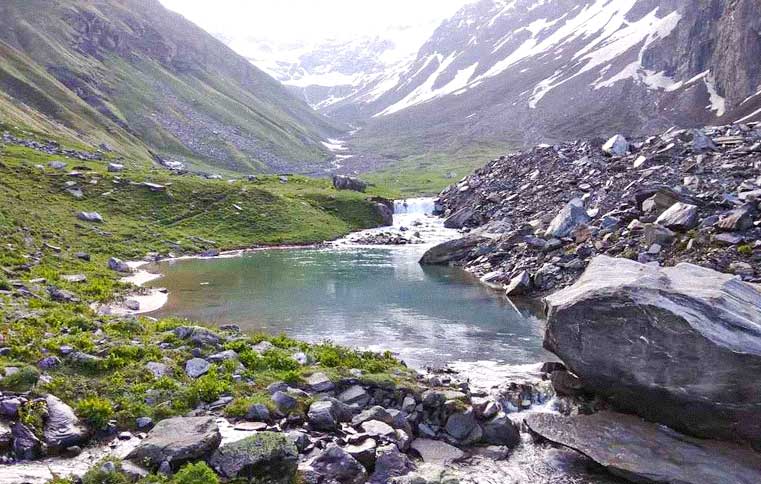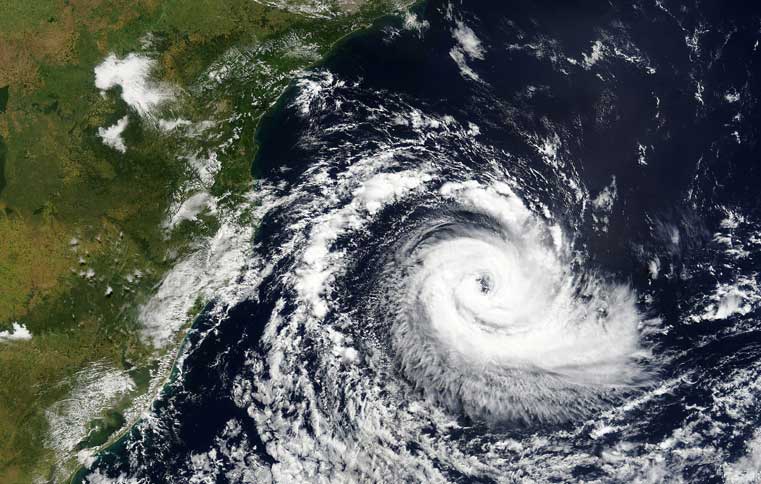Climate change, water scarcity and women
By: Nishikant Gupta | Date: 7th December 2019
 Image Source: CNN
Image Source: CNN
Every morning as the first rays of the sun pierced through her window, Radha used to get up and travel for almost 2 km on foot to collect water for her daily use from a nearby well. This summer, she travels for 4 km to another water source because her regular source has shrunk considerably in volume.
This new source takes two hours longer every morn-ing though. With her husband migrated to a nearby city in pursuit of a better job, her two children play alone in the house till she returns.
“Do I have a choice?” she asked me stroking the foreheads of her two sleeping kids. I was lost for words.
A quick look at the available climate projections paints a grim picture for the decade to come – temperature increasing, rainfall more erratic with large volumes of water falling over a shorter span of time, and disasters showing their ugly heads more often than before.
Water scarcity is definitely a vital concern given the unpredictable rainfall pat-terns – drier areas becoming drier, and presence of heavy metals in groundwater to name a few.
For the remaining water source, the tussle is now trying to prevent itself from being crushed by rapid urbanization, and uncontrolled and unsustainable demand. The women of today, be it in urban or rural areas finds themselves at the frontline of these impacts more often than before.
It will be unfair to say that men are less impacted or immune to these effects however, it will not be farfetched to mention that the women of today face greater sufferings during climate-induced disasters.
Here, take the example of the woman who has to travel for long distances to collect wa-ter for her daily use. Her “social construct” ensures that she is responsible for preform-ing this laborious task.
Now, say if this particular water collection source begins to shrink during harsh, drier months or during a drought, the distance now needed to travel to secure another water source increases significantly.
This already strenuous task now becomes psychologically challenging too. The extra effort and time now taken to collect water cuts into other daily activities needed to en-hance her personal wellbeing – resting, studying, entertaining herself, tending to her children and the elderly as and when needed, etc.
Past data has shown that in such drought-affected areas, the male members of the households outmigrate to nearby towns and cities in search of better livelihood op-tions. The women are left behind to fend for themselves among the increasing water scarcity and associated disasters.
So, are there immediate ways in which this burden can be reduced, if not eliminated altogether? To begin with, emerging policies and practices need to acknowledge the hardship faced by women in the wake of the changing climate.
Secondly, the knowledge available among such women (given their day-to-day interactions with fluc-tuating climatic variables) is significant.
Giving a voice to them on a common platform with participants from all levels of gov-ernance can allow the sharing of valuable information and prized success stories.
Thirdly, providing accurate and timely climatic and water-availability information to households (especially those headed by females) through appropriate tools and chan-nels could play a key role towards reducing drudgery, and enhancing resilience.












